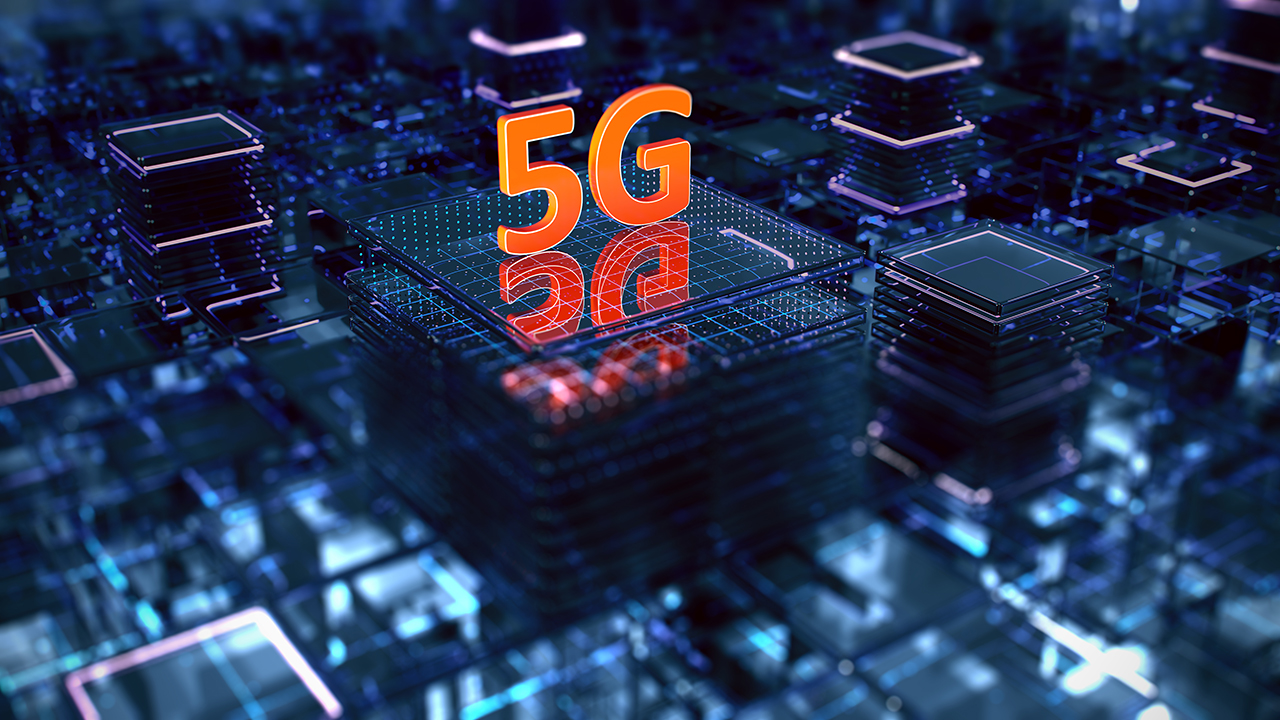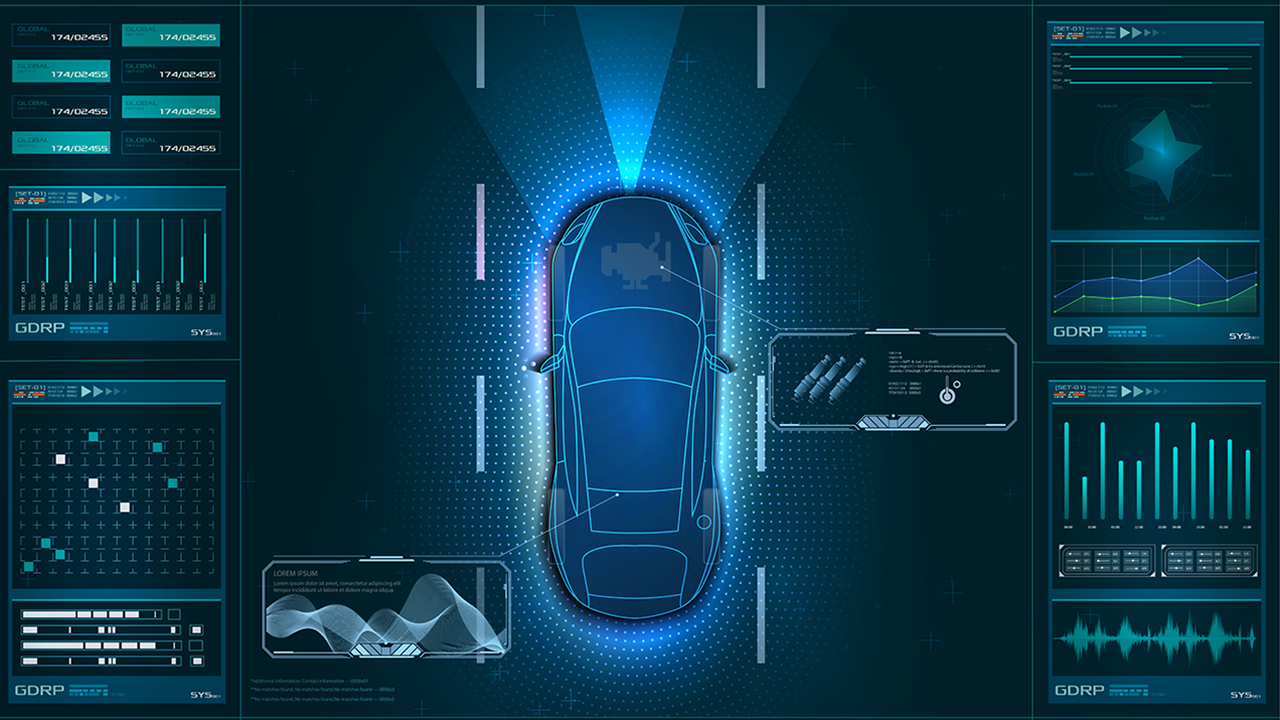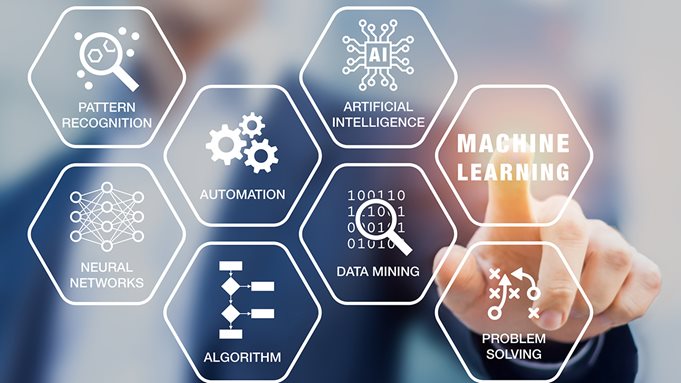由于担心冠状病毒的传播,原定在 "嵌入式世界 2020"(Embedded World 2020)上设立展位的 Digi International 已退出该展会。更多信息,请参阅我们的公告。
在 Digi,我们对机器学习、IoT 和嵌入式技术方面的所有进步感到兴奋,这些进步推动了未来的工业 4.0、车联网技术和 5G 应用。我们以共生的方式与商业和工业领域的众多组织合作;Digi 提供使能技术,而我们的客户和技术合作伙伴则利用这些技术部署最终解决方案。
在这篇文章中,我们将讨论IoT 和工业IoT 行业的一些令人兴奋的发展,例如机器学习,Digi 技术正在帮助我们的客户和合作伙伴构建这些技术。
5G 的演变

5G 是 2020 年最热门的话题之一。多家供应商将在嵌入式世界大会上展示首批 5G 元件,如 5G 调制解调器。5G 具有高速、低延迟和网络容量大幅提高的特点,是真正的下一代技术,代表着对现有基础设施的指数级改进。
除了实现第一代真正意义上的自动驾驶汽车,5G 还将在其他方面得到广泛应用。高带宽流式虚拟现实体验将成为可能,汽车高清娱乐流媒体也将成为可能。一旦驾驶员不再需要关注路面情况,流媒体视频将成为自动驾驶汽车的一项重要功能。
不仅速度快,5G 还能提供极低的延迟,并大大提高关键任务网络的可靠性。对于需要连接成百上千个机器人和传感器的制造商来说,5G 的可靠性是一个极具吸引力的解决方案,因为他们不能错过任何一个节拍。5G 网络可实现设备间近乎实时的通信,是工厂车间向工业 4.0 现代化迈进的绝佳途径。
从本质上讲,任何需要稳定、低延迟、高速连接的设备、组织或公司都将受益于 5G。因此有人说,5G 将成为二十一世纪采用率最高的技术之一。从医院到高速公路,再到 体育馆这项技术将很快部署到各大城市,为我们在今年嵌入式世界大会上看到的最前沿应用提供支持。
车联网和自动驾驶汽车技术

围绕车辆安全的技术正在迅速发展,而强大的嵌入式和通信技术则是其核心所在--这使我们能够进行更复杂的开发,为未来的互联车辆提供支持。在此之前,专用短程通信技术(TD-SCDMA)已被广泛应用。DSRC)是解决这一问题的领先技术。但由于缺乏清晰的路线图,它从未在业界得到广泛采用。蜂窝式 "车到万物"(Cellular Vehicle to EverythingC-V2X)则获得了巨大的发展势头,并制定了明确的 5G 及更远的发展路线图。
5G 将彻底改变自动驾驶汽车和联网汽车的未来。有了 5G 连接,联网汽车和自动驾驶汽车将能够相互对话,在遇到危险和行人时自动刹车,并共享数据,如行驶速度、方向和刹车时间。一旦路上的所有汽车都安装了 5G 设备,它们就能彼此靠近,协调行动,避免事故,甚至共享路况。例如,两辆相向行驶的汽车可以共享它们遇到的交通或道路危险信息。
请注意,互联汽车的大部分使能技术已经到位,Digi 目前正在智能城市积极部署通信基础设施。请联系我们进行咨询。
自动驾驶汽车不仅可以使用 5G 相互通信,还可以使用 5G 与交通相关设备通信。如今,红绿灯、收费站和停车计时器已开始通过 LTE 进行通信,而随着 5G 的全面部署,这些应用的通信速度将更快,并能更迅速地根据数据采取行动。
自动驾驶汽车将自动收取通行费,无需减速;自动支付停车费;自动驾驶汽车将与红绿灯协调,以实现最高效率和安全性。驾驶者再也不会闯红灯了。事实上,如果自动驾驶汽车的市场渗透率达到 100%,红绿灯很可能会被完全取消。汽车将通过相互通信来导航十字路口。不过,就目前而言,支持 5G 的红绿灯可以带来许多安全方面的好处。
实现自动驾驶的也不仅仅是汽车。公共汽车也在进行自动驾驶改造。虽然公共汽车更大、更难驾驶,但从某种程度上来说,制造自动驾驶汽车更容易。 自动驾驶巴士.自动驾驶汽车最大的技术障碍在于,它必须能够实时查看并应对不断变化的环境。而公交车的行驶路线是固定的,可以详尽地绘制出每一个邮箱、消防栓、红绿灯和人行横道线。
事实上,这项技术已经非常先进,已经计划进行实际试验。斯堪尼亚正在 开场 今年,斯堪尼亚将在斯德哥尔摩郊外开展自动驾驶巴士试验项目。如果试验成功,斯堪尼亚计划在斯德哥尔摩市中心推出自动驾驶巴士。沃尔沃也 表现突出 尽管目前他们表示自动驾驶模式将仅限于在车库停车和充电。所有这些令人兴奋的发展,以及更多的发展,都得益于今年嵌入式世界 2020 大会上展出的各类传感器、5G 调制解调器和微处理器系统。
传感器、模块和机器学习的进步

在任何物联网应用的幕后,都有嵌入式技术、连接性和智能来实现这一切。在医疗、工业、商业和消费领域,设备和技术正受到不断增长的市场的推动。例如 医疗电子市场 预计从现在起到 2025 年,这一领域的年均复合增长率将达到 4.6%,达到 66 亿美元。
参加 2020 年嵌入式世界大会的与会者将看到传感器、系统模块和成像技术的进步,这些技术可支持以下应用:
- 医疗IoT :可穿戴设备、植入设备、医疗器械和精密医疗应用。
- 智能城市:智能交通管理、车联网技术、公共交通、城市照明和水/废水管理。
- 智能工厂:机器人、自动化和供应链效率方面的工业 4.0 连接。
例如,在IoT 应用程序中设计的传感器和联网设备,在机器学习技术的辅助下,将很快取代医疗领域中更具侵入性的数据收集方法,支持联网汽车技术以改善城市中车辆和行人的安全,并使机器人能够检测生产线输出中的异常情况。
机器学习是创造嵌入式智能的最流行、最有前景的概念之一,其重要性和普及程度在 2020 年及以后将不断提高。这种先进的使能技术可以训练电子设备进行快速检测,从而实现快速决策。机器学习注定会对医疗技术、农业、自动驾驶汽车技术和工业 4.0 应用的进步产生巨大影响。
连接并了解更多信息
如果您正在为下一次创新评估技术合作伙伴,请 开始对话。
保持了解。请务必订阅博客,以便收到相关主题的新博文通知。